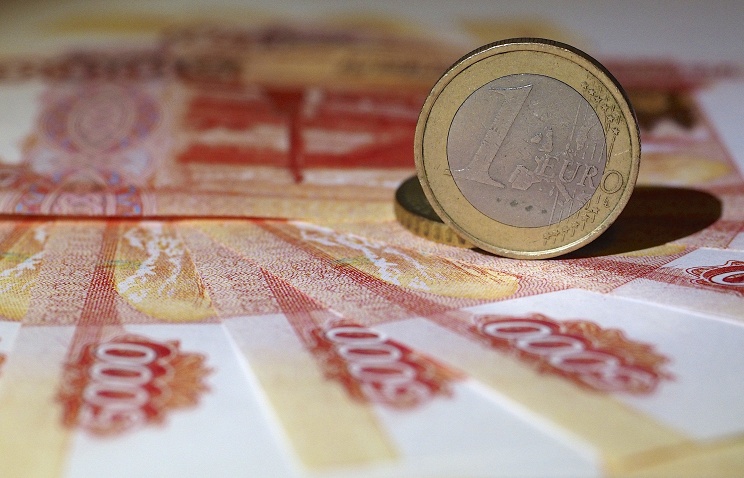The amount of reserve funds in Russia in the base scenario of the Central Bank at the end of 2018 could amount to about 2 trillion rubles ($29.66 bln), the Central Bank Governor Elvira Nabiullina said Friday.
“In the baseline scenario we assumed gradual consumption of funds, and around $2 trillion ($29.66 bln) for the end of 2018. This year, according to baseline scenario, consumption of reserve funds of about 3.8 trillion rubles ($55.72 bln). We will, as the government refines its forecasts, clarify these figures,” she said.
The Russian Finance Ministry said earlier that the volume of government reserve funds in February rose slightly. Thus, the volume of the Reserve Fund in the past month increased by 0.27% to 3.747 trillion rubles ($50.77 bln), the National Wealth Fund – by 0.15% to 5.357 trillion rubles ($72.6 bln).
As of February 1, the volume of funds amounted to 3.737 trillion rubles ($50.6 bln) and 5.349 trillion rubles ($72.45 bln), respectively.
Balances at individual accounts of the Reserve Fund equaled $22.71 bln, €20.26 bln and 3.44 bln pounds sterling.
The revenues from the Fund resources deposited to the foreign exchange accounts with the Bank of Russia equaled $0.12 bln from January 15 to February 30.
Balances at individual accounts of the National Wealth Fund with the Bank of Russia as of March 1 equaled $19.67 bln, 20.76 bln euro and 3.83 bln pounds sterling.
According to the Finance Ministry, 195.03 bln rubles (equivalent to $2.94 bln) and $6.25 bln is held on deposits with Russia’s state-owned Vnesheconombank.
Last year, the Finance Ministry spent about 2.6 trillion rubles ($35.21 bln) from the Reserve Fund to finance the budget deficit. This year’s budget deficit will also be funded by the Reserve Fund, among other institutions.
Zero dynamics of the GDP in 2017
According to the official, the Central Bank expects zero dynamics of the GDP in 2017.
“We expect the GDP will decline 1.3-1.5% in 2016, smaller than in 2015, and growth rates will be close to zero in 2017, somewhat plus-minus 0.5%. The annual growth rate of the GDP will be positive in 2018,” Nabiullina said.
As for the current strengthening of the ruble against foreign currencies, the Central Bank does not consider the current strengthening of ruble to be a stable trend.
“So far, we do not believe it to be a trend, as the factors that influence the exchange rate today may be quite volatile in the near future, so we do not see a stable trend here. Let’s see, and if a stable trend si formed, we will act accordingly,” she said.
Russia’s capital outflow meanwhil this year is expected at about $40 bln.
“We will not see the high capital outflow. It will be about $40 bln in 2016 under the base case scenario and will just slightly grow then. Hence we do not expect any material changes in international reserves of the Central Bank,” Nabiullina said.
The capital outflow in Russia declined fivefold to $5.9 bln in January-February 2016, the Bank of Russia said earlier. The net capital withdrawal by the private sector continues to be at the lowest level, the regulator said.
Foreign investors interested in Russian assets
According to the official, Russia’s Central Bank marks foreign investors’ interest in Russian assets.
“As for the situation on the financial markets in general – there is an interest in Russian assets, by the way, the interest from investors. We see it by various financial indicators,” Nabiullina said.
